You’ve seen the stamp ‘BPA-free’ wherever you shop for feeding and water bottles, toys, food containers.
But what is BPA? You’ve probably shrugged it off, assuming that it’s absence means your child’s bottle, container or toy is simply that much safer. Well, apparently, that sense of security is unfounded.
What is BPA?
BPA, which stands of Bisphenol-A, is a chemical used in the manufacturing of plastics to make it tougher and more durable since early 1960s. They are used in some food and drink packaging, such as water, compact discs, certain equipment and devices. BPA is also found in infant bottles as well as the lining of formula tins.
Some years ago, it was found that when food or liquids are stored in these plastic containers, the BPA leeches out. We then ingest the chemical along with the food and drink. This happens especially, but not only, when the plastics are heated in the microwave, exposed to steam or boiling, or even simply exposed to sunlight.
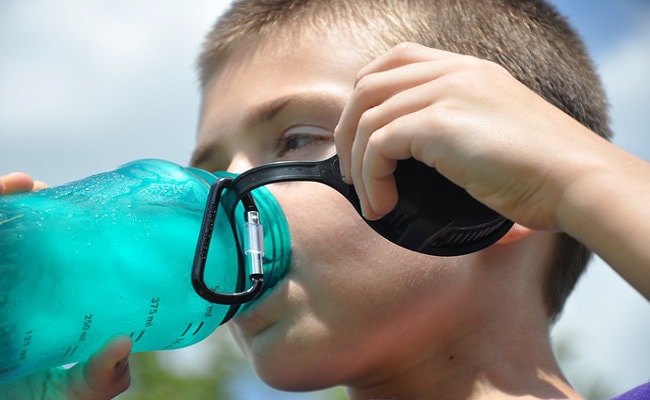
How does BPA get into humans?
BPA exists in the environment and the main mode of entry into humans is mainly via the consumption of food and drinks. BPA is safe at very low levels that occur in some foods. BPA can leach from the linings of the products into liquid and then get consumed into the body. The level of BPA leaching increases with temperature and with the age and quality of the container. BPA can leach into breastmilk too, hence nursing mothers should take note of their diet as well.
Why is it a concern?
BPA exposure can lead to potential health effects on the brain, behavior and prostate gland of fetuses, infants and children. Young fetuses and babies are possibly due to the smaller body weight thus higher concentration of BPA. This concern is valid as we live in a highly industrialised and commercialised world; many varieties and brands of products are used for newborns, tens and thousands of food and drinks are packaged for consumption by the masses. If it is possible, it would definitely be best to be aware and to do what we can to reduce BPA leaching into our bodies.
How Do We Reduce Exposure to BPA?
1. Keep plastic out of the freezer, microwave and dishwasher. BPA and phthalates leach at a higher rate in hot or cold temperatures. Polycarbonate plastic is strong and durable, but over time it may break down from use at high temperatures. So before you microwave that daily coffee, or milk, ensure that the container is microwave safe. (On a side note, the ever so common and popular melamine is not microwave safe)
2. Avoid disposable items such as paper cups, aluminum drink cans and canned products (canned food, canned soup). Formula powder tin lining contains BPA as well.
3. Buy BPA free products whenever possible as some baby bottles, sippy cups, tableware contain BPA. BPA free products are widely available in supermarkets and department stores and most are quite affordable. Look out for the “BPA free” label.
4. Avoid letting your children play with receipts as receipts have BPA.
5. Go for alternative packaging such as glass jars or buying fresh, frozen or dried fruits and veggies will reduce exposure.
6. Avoid long use of bottles. Scratches, wear and tear and the like increase the leakage of BPA from the containers. In short, throw away if worn or scratched, don’t keep them for your next child or use hand-me-down containers from children of other families.
7. Know your plastics. There are several types of plastics, some being safer than others. Plastic products are commonly marked with a number enclosed by the recycling symbol, which is used to identify the plastic and recyclability of the product. It can be found on the bottom of the product. Generally, the safe choices are plastic products marked with the numbers 2, 4 and 5. Products marked with 3 and 7 often contain BPA.

How to Live Without Plastics
So where does this leave us? As parents with babies and young children, we rely heavily on the portability and durability of plastic sippy cups, bowls, utensils, baby bottles, breastmilk containers and more.
Researchers and authorities recommend switching to glass and stainless steel, but it’s easy to want to close one eye to all of it because of the costs and hassles. Glass is heavy, bulky and easily breakable. Stainless steel bottles cost more than plastic ones. And how do you replace an entire kitchen’s worth of Tupperwares and toddler-proof plastic utensils and serving ware?
Consider taking these steps:
1. Replace your most-used sippy cup or water bottle or feeding bottle
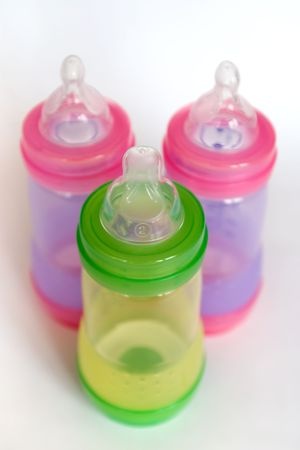
There are many affordable, child-appealing and reasonably lightweight stainless steel options under the Thermos brand, among many others. In fact, stainless steel bottles are now increasingly available as market demand grows.
2. Microwave food and beverages only in glass, never plastic.
3. Give yourself time
Replace just one set of kitchenware every few months. Perhaps start with the most often-used containers for leftovers or your child’s snack containers. A couple of months later, find bamboo or wooden replacements for your baby utensils. And so on.
4. Save the glass jars used to contain store-bought baby food, spaghetti sauces, juices and jams.
5. Shop at Daiso
For their extensive range of glass & metal food storage containers, ceramic serving ware, metal, wooden and bamboo utensils, including kitchen chopping boards, all at just $2 a piece.
6. Reduce consumption of canned foods as BPA is found in tin cans. Opting for fresh is always better.
7. If you use a dishwasher, make sure never to put plastics in
The steam from the heated water can trigger leaching. Hand wash them instead.
8. If you are using BPA containers and materials, you can minimise leaching by:
- Using products according to the product specifications. Some labels will specify the safe temperature the products are made for i.e. for juice, water etc.
- Ensuring that the bottles, for example, are not placed in boiling water. High temperature increases leaching and for babies who drink milk many times a day the level consumed adds up.
In the USA and Canada, there is higher regulation and caution on the use of BPA. For example, from 2012 the FDA has banned all use of polycarbonate resins in infant feeding bottles and spill-proof cups. Certainly in the environment, we are in, there are so many products and it may not be possible to avoid association with BPA.
However, armed with awareness and practical knowledge, we can gatekeep the amount of BPA that we are bringing into our children, especially in common products which they use every day – it is worth the effort. You will never know how much is too much.
We can’t avoid plastics 100%, they are in so much of the but with a little effort and expense, we can greatly reduce our exposure.
By Som Yew Ya and Sara Rognstad.
* * * * *
What’s your take on BPA products? Share your thoughts with us in the comments box below.
Want to be heard 👂 and seen 👀 by over 100,000 parents in Singapore? We can help! Leave your contact here and we’ll be in touch.




































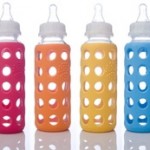
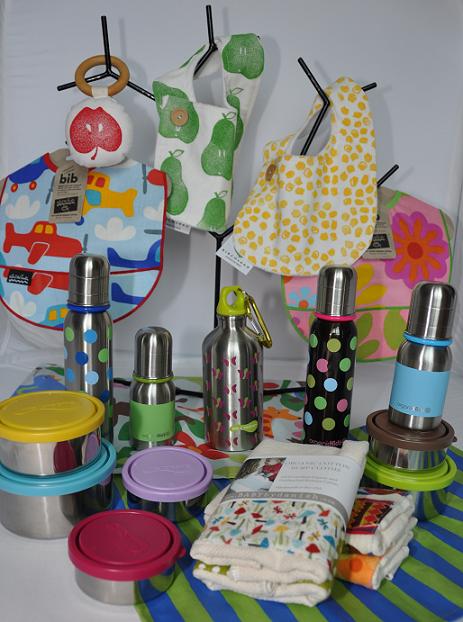
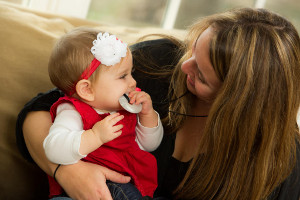
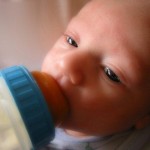
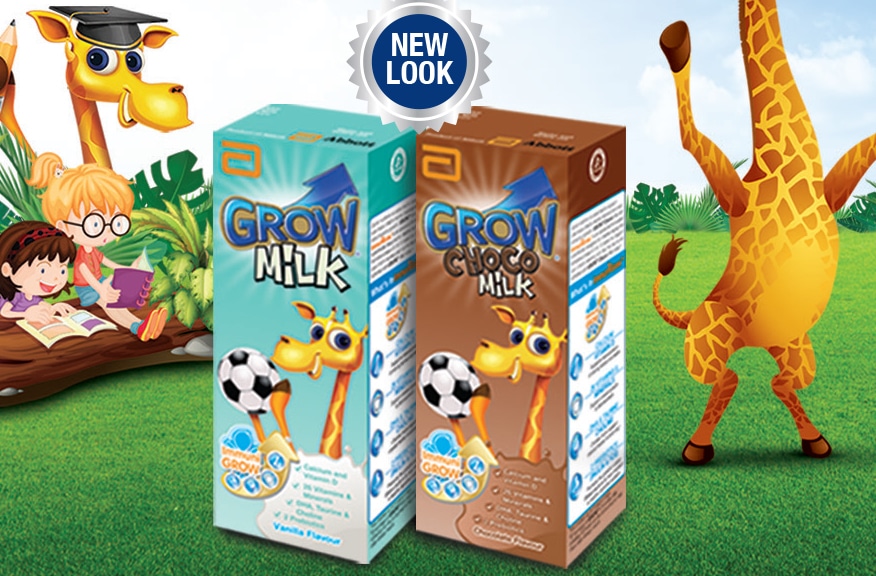
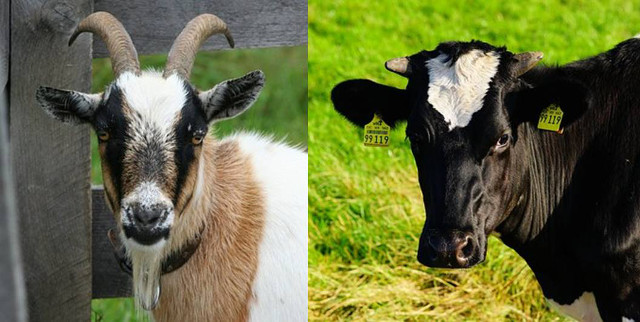
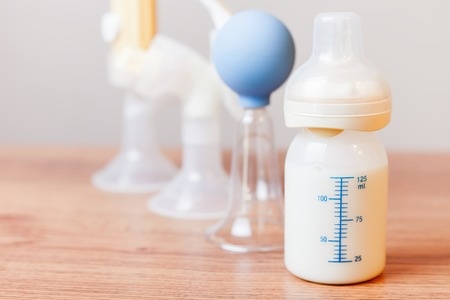
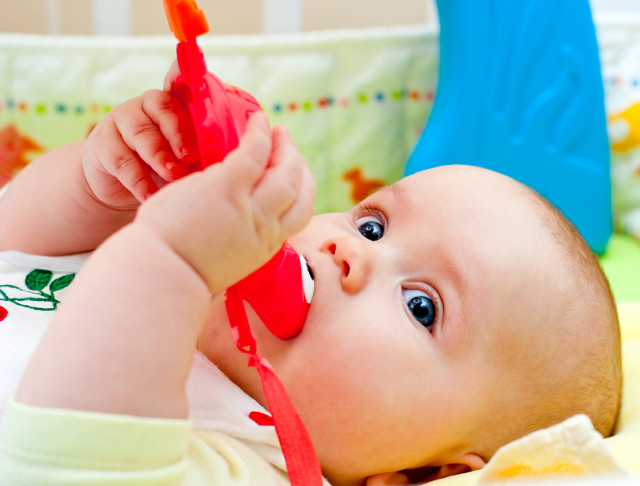


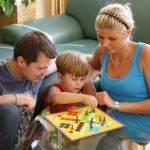
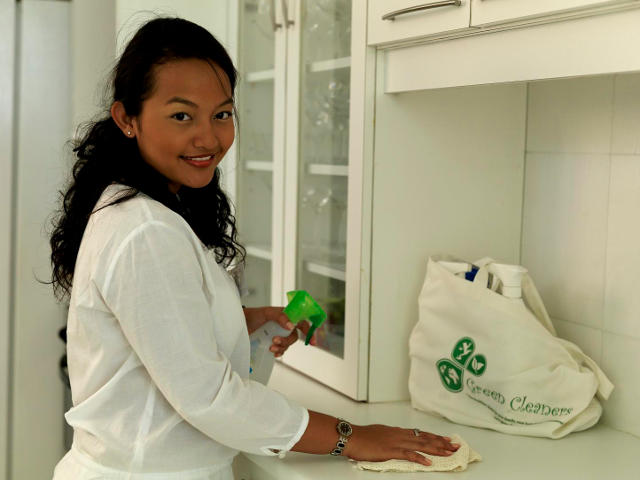










Leave a Comment: